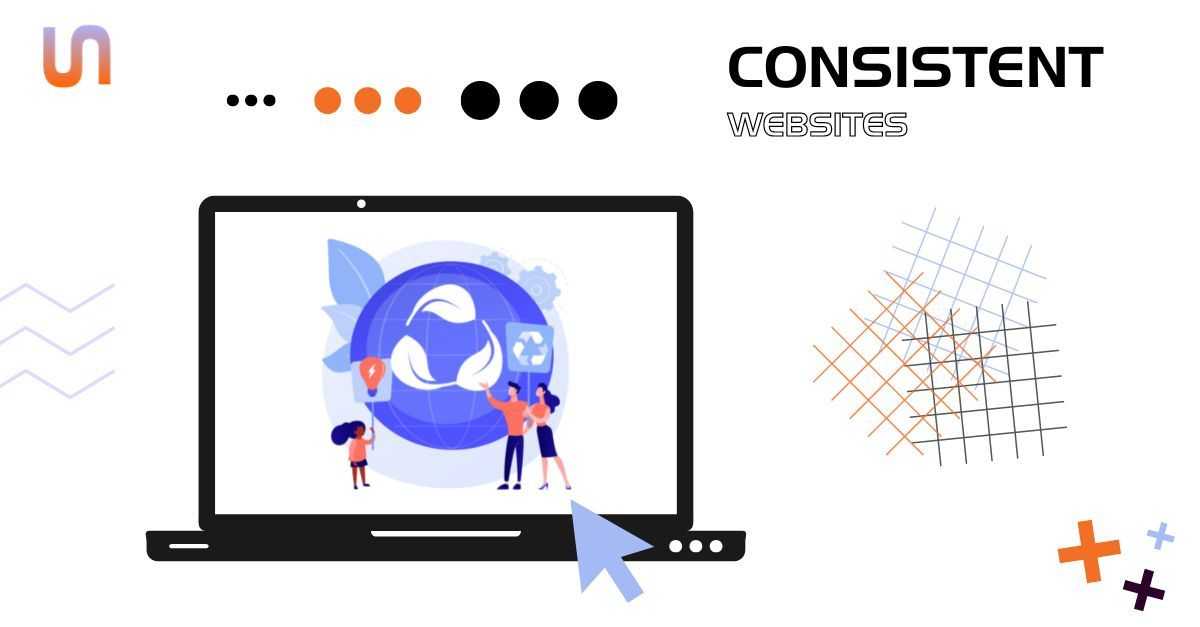Sustainable Web Design - The 10 Best Tips
Sustainability also plays an important role in the digital world. Experts estimate that around 33 million tons of CO2 emissions are caused globally by Internet use and Internet-enabled devices each year.

Table of content
Sustainability also plays an important role in the digital world. Experts estimate that around 33 million tons of CO2 emissions are caused globally by Internet use and Internet-enabled devices every year. So it stands to reason that sustainability should be actively worked on in the digital environment. We have the best tips for sustainable web design.
Use Green Electricity and Co.
This point not only concerns the website itself, but ideally the entire company or even the private household. Those who rely on sustainable sources of electricity to power all kinds of devices are laying an important foundation for an environmentally friendly everyday life. Especially when running large data centers or an office with many end devices, a green power provider is the right choice.
Working with Green Companies
From web hosts to web designers, there are more and more companies and individuals working "green". Here too, there are then sustainable solutions within the company. The more companies and individuals that work green within their own network, the lower the negative impact of their own work environment.
Use Timeless Web Design
Designing and programming websites is time consuming. It involves a lot of trial and error and extensive processes - this drives up energy consumption. A website that needs regular design updates is thus not very sustainable. Timeless designs that can be quickly and easily adapted as needed are the solution. Simple modular systems are generally more environmentally friendly than elaborate, self-programmed content. The key here is to find the right mix of necessity and desire.
Tip: Experienced programmers are able to work with "lean codes". Finding the right people is therefore just as important.
Present Web Content in a Comprehensible Way
The so-called user experience is also crucial for the sustainability of a website. The longer users stay on the site and the more subpages they visit, the higher the energy consumption per user. If users find their way around the website right away and can address their concerns without detours, energy consumption is reduced. At the same time, user experience is improved, which has a positive effect on customer loyalty.
Avoid Data Waste and Remove it Regularly
It's not uncommon - websites are almost cluttered with old content. From articles to PDFs to videos, there is almost always content that is no longer needed. They don't bring traffic to the site and they don't provide relevant information. If possible, content with such an expiration date should be avoided completely. This is not always possible - for example, with news content.
This applies to the front-end as well as the back-end. Image databases that contain a collection of past years occupy server space and thus cause energy consumption. Here, too, it is worth using a system to avoid unnecessary data waste.
Fast Loading Times Thanks to Modern Server Solutions
The future of the Internet is fast. Short loading times (even for highly complex web content) are already the standard of the future. To be able to realize this, more and more agencies offer suitable solutions. From code optimization to the use of state-of-the-art servers, the loading times of a website can be improved in many ways. Shorter loading times result in lower energy consumption. This also improves the user experience, which is another benefit.
Provide SEO Optimized Content
If users load on a website that offers inappropriate content, the interaction is useless and causes unnecessary energy consumption. Therefore, it is important to optimize your web content so that the right users access it.
Sustainable planning - Even Outside the Website
A company based in Dortmund hires a web designer from Berlin. She regularly flies to Dortmund for meetings to work on the project on site and discuss details. Switching to online meetings or booking a train ticket instead of a flight can reduce CO emissions. This applies to all areas that are directly related to the website.
Making Digital Services Sustainable
More and more companies want to be accessible and reachable 24/7. Chatbots are used for this purpose and telephone hotlines are manned around the clock. Through an internal analysis, it is possible to quickly find out when such offers are actually used. Nightly requests are often low and not always urgent. If communication times are reduced, resources can be actively saved.
Prefer Local Server Providers
From a technical point of view, it is possible to store one's own website on a server in the USA without any problems. However, this also means that the energy required to transport data for each request is high. Therefore, it makes sense to use host services in your own country or at least on your own continent.
We will be happy to advise you on the subject and find out for you how sustainable your website is. Our team is ready with the appropriate solutions. Contact us online now to arrange a no-obligation consultation.
Contact us
Do you have a question? Just write us a message. We will get back to you as soon as possible.
